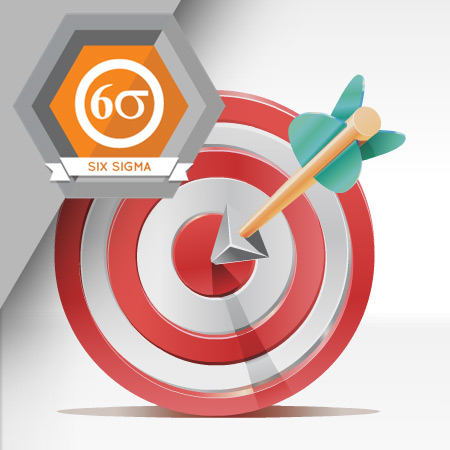
The measure portion of the DMAIC methodology provides a Six Sigma team with the tools needed to focus the project on possible causes of problems and solutions to those causes.
Learning Objectives
- Identify and review process maps, written procedures, and work instructions
- Identify process input variables and process output variables
- Recognize the relationships between input variables and output variables
Language: English
Estimated Time (Hrs.): 1
Micro-module: No
Micro-module Series: No
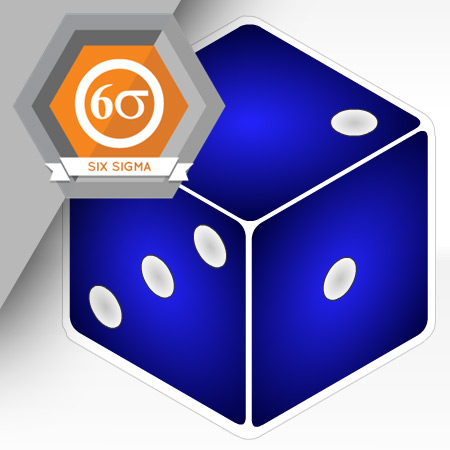
In today’s business world, companies cannot remain competitive if they must measure every product’s weight, color, size, strength, and any other characteristic 100 percent. Organizations use probability and statistics to measure samples of a product and provide mathematical proof of the quality of the product or process.
Learning Objectives
- Define probability
- Describe and apply probability concepts
- Define statistics
- List statistical parameters
- Distinguish between descriptive and inferential statistics
- Distinguish between a population parameter and a sample statistic
- Define a central limit theorem and its significance in statistics
Language: English
Estimated Time (Hrs.): 2.1
Micro-module: No
Micro-module Series: No
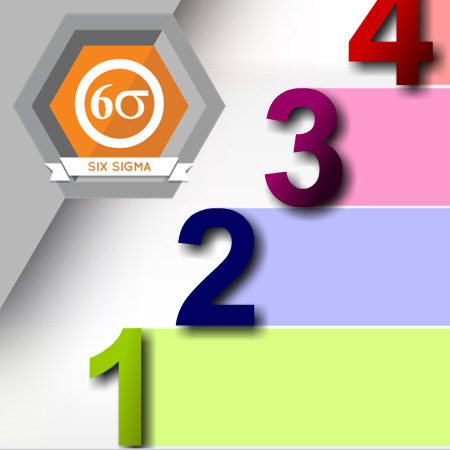
To improve a process or product it is important to know its current status and its status after improvements are made. Valid data must be collected and summarized to verify the status of the process or product.
Learning Objectives
- Identify continuous or variable data
- Identify discrete or attribute data
- Describe and define nominal, ordinal, interval, and ratio measurement scales
- Define and apply methods for collecting data
- Define and apply techniques such as random sampling, stratified sampling, and sample homogeneity
- Depict relationships by constructing, applying, and interpreting diagrams and charts
Language: English
Estimated Time (Hrs.): 1.7
Micro-module: No
Micro-module Series: No
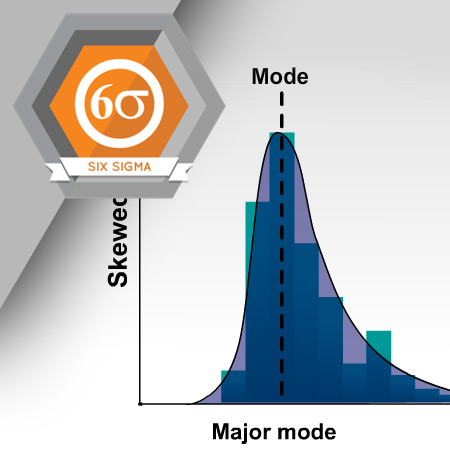
A random experiment or sample can result in different outcomes. The probability that each outcome will occur can be calculated and charted using different probability distributions.
Learning Objectives
- Describe and interpret normal, binomial, Poisson, t, chi square, and F distributions
- Identify formulas for calculating the probability of data values of different probability distributions
Language: English
Estimated Time (Hrs.): 2.2
Micro-module: No
Micro-module Series: No
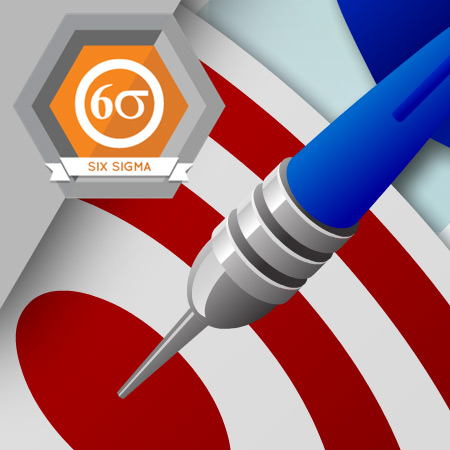
Data often consists of measurements of characteristics or conditions. A measurement system analysis is necessary to identify measurement variation and distinguish between measurement and process variation.
Learning Objectives
- Define measurement system analysis
- Identify and conduct gauge repeatability and reproducibility studies
- Define measurement terms including sensitivity, accuracy, precision, bias, and linearity
Language: English
Estimated Time (Hrs.): 2.5
Micro-module: No
Micro-module Series: No
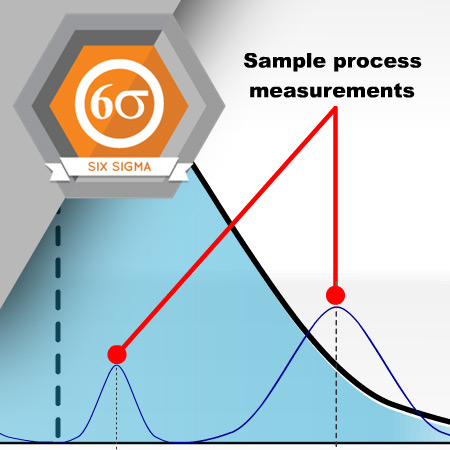
A main goal of a Six Sigma project is to reduce variation in a process. To meet this goal, the Six Sigma team must know the capability and performance of the process before and after improvements are implemented.
Learning Objectives
- Describe the process of conducting a process capability study
- Distinguish between natural process limits and specification limits
- Define and calculate process capability indices
- Define and calculate process performance indices
- Describe the differences between short-term and long-term capability
Language: English
Estimated Time (Hrs.): 1.9
Micro-module: No
Micro-module Series: No
